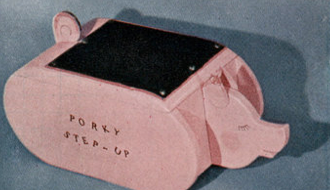Here is a fanciful collection of antique-looking pet patterns for those of you who love to embroider old-fashioned redwork. You can enlarge the pictures, if you need to, by printing them out and rescanning them in your photo copier.
 |
| dog and cat seated, side by side |
 |
| kitten and puppy in a basket together |
 |
| cat fishing for trouble |
Mandy Shaw loves her redwork and inspired by this antique quilt she
shares with us how
to design your own and then transfer the designs ready for stitching; this is just a taster
video; the watch the full film you should go to www.justhands-on.tv
to design your own and then transfer the designs ready for stitching; this is just a taster
video; the watch the full film you should go to www.justhands-on.tv
More free redwork patterns from my Prickly Pins Blog:







































